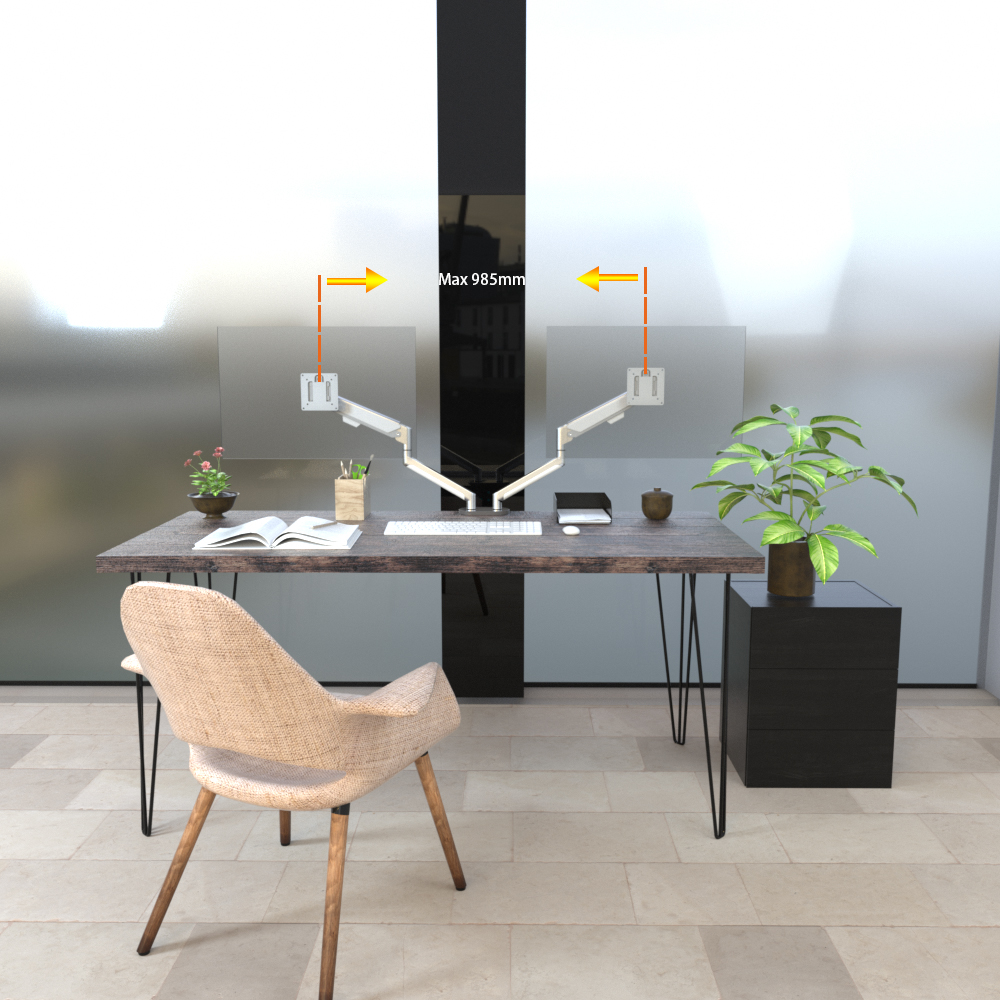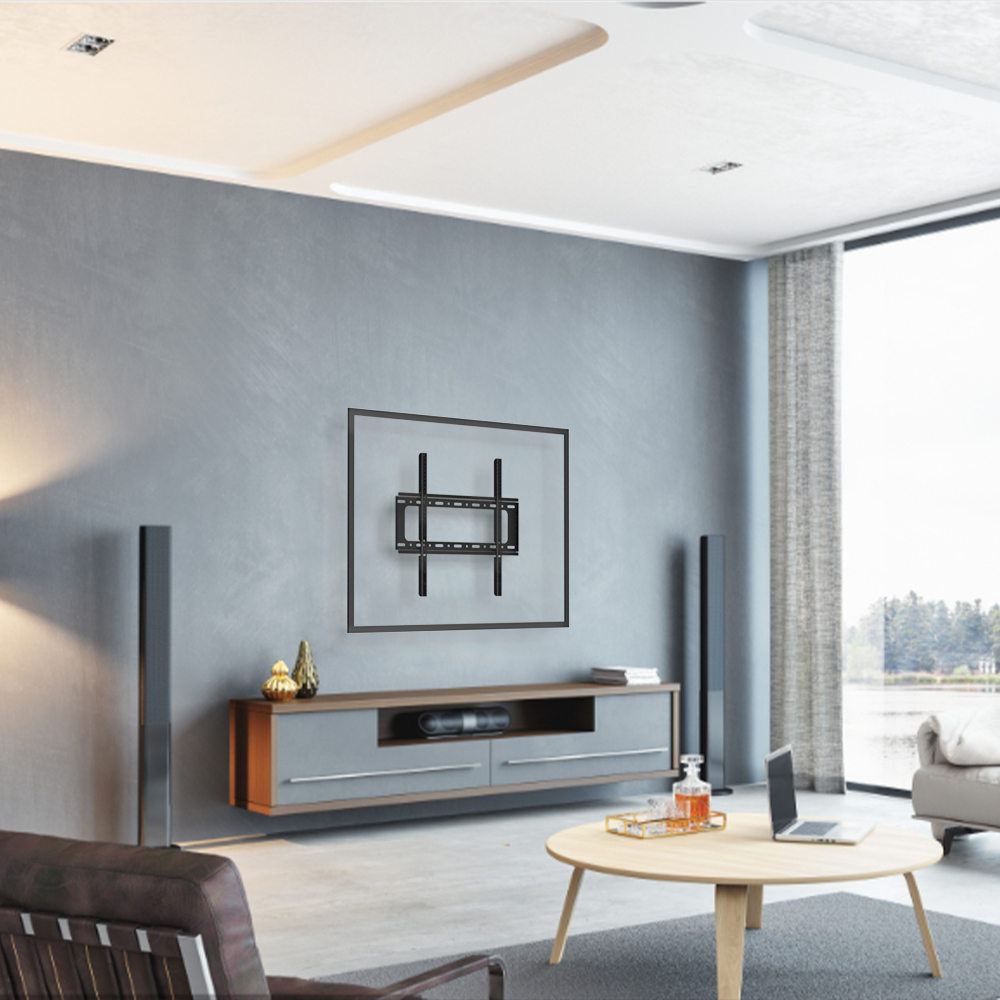When choosing a TV mount, there are several important factors you should consider:
TV Size and Weight
- Size: You need to make sure the TV mount is suitable for the size of your television. Different mounts are designed to accommodate specific ranges of TV sizes, such as those for small TVs (usually 32 inches or less), medium-sized ones (around 32 - 65 inches), and large TVs (65 inches and above). For example, a mount designed for a small TV might not be able to properly support a huge 85-inch screen.
- Weight: Check the weight capacity of the TV mount. TVs vary significantly in weight depending on their size and the technology used. Make sure the mount can handle the weight of your particular TV. If the TV is too heavy for the mount, it can pose a safety risk and may lead to the mount failing and the TV falling.
VESA Compatibility
VESA (Video Electronics Standards Association) is an organization that sets standards for the mounting holes on the back of TVs. The mount you choose must be compatible with the VESA pattern of your TV. TVs typically have different VESA measurements like 75x75mm, 100x100mm, 200x100mm, etc. You can usually find the VESA specification in your TV's user manual or by looking at the back of the TV. Choosing a mount that doesn't match the VESA pattern means you won't be able to properly attach the TV to the mount.
Type of Mount
- Fixed Mount: This is the simplest type that keeps the TV flat against the wall. It offers a clean and minimalist look and is ideal for situations where you don't need to adjust the viewing angle, such as in a bedroom where you always watch TV from the same position.
- Tilt Mount: Allows you to tilt the TV up or down. This is useful for reducing glare from lights or windows and getting a better viewing angle when the TV is mounted at a height that isn't eye level, like above a fireplace.
- Full Motion Mount: Provides the most flexibility as it can swivel left and right, tilt up and down, and extend or retract the TV away from the wall. It's great for larger rooms or spaces where viewers may be sitting at different angles or distances from the TV, like in a living room with multiple seating areas.
Installation Requirements
- Wall Type: Consider the type of wall you'll be mounting the TV on. Drywall, concrete, brick, and plaster walls all have different characteristics and require different installation methods. For example, mounting on a concrete wall might need special drill bits and anchors, while drywall may require finding studs for secure installation or using toggle bolts if studs aren't accessible.
- Distance between Studs: In many homes, the studs in the wall are spaced either 16 inches or 24 inches apart. The TV mount you choose should be able to be properly installed within the stud spacing of your wall. Some mounts have adjustable brackets to fit different stud spacings, while others are designed for specific ones.
Aesthetics and Space
- Profile: The distance the TV sticks out from the wall (profile) can affect the overall look of the installation. Low-profile mounts that keep the TV close to the wall are popular for a sleek appearance, but full motion mounts with more extension will naturally have a larger profile when the TV is pulled out.
- Cable Management: Some TV mounts come with built-in cable management features, like channels or clips to hide and organize the TV cables. This can make the installation look neater and prevent cables from being a visual distraction.

Budget
TV mounts can range in price from relatively inexpensive basic models to high-end, feature-rich ones. Set a budget based on your needs and expectations. While it's tempting to go for the cheapest option, investing a bit more in a quality mount that meets all your requirements can ensure the safety and optimal viewing experience of your TV for years to come.
Post time: Feb-20-2025


